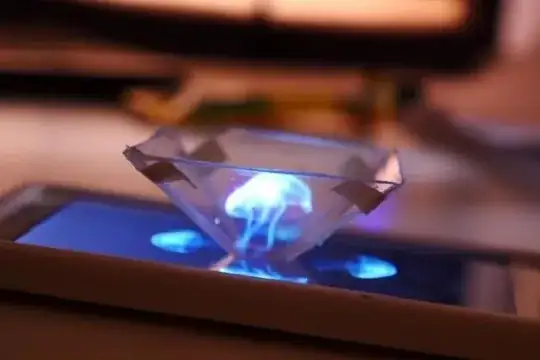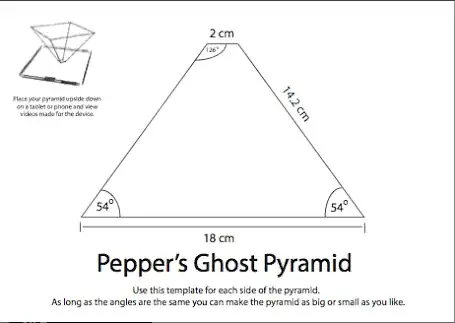The basis of this question is this video, where a 3D hologram like effect is achieved using a 4 sided hollow pyramid. I don't know if this is holography in the usual sense. Can some one explain this phenomenon in a detailed, mathematical way using principles of optics ?
There is a partial explanation here, but I did not find it rigorous or self contained

